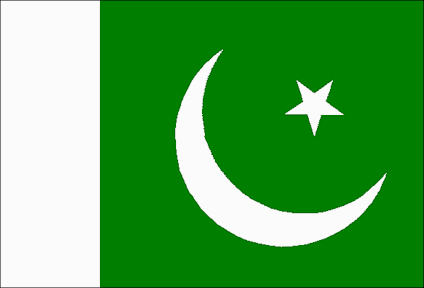





Pakistan conducted at least one underground nuclear test on 30 May 1998, in a vertical shaft at a site in the Kharan Desert, about 100 kilometers from the site of the first test at Ras Koh. The test was conducted near settlement of Wazir Khan Khosa [aka Wazir Khan Khoso], not far from the Unharwah [aka Unar Wah] railway station in the Jacobabad District [aka Upper Sind Frontier District]. Other nearby populated placed include Jumma Dakhan and Bari.
Foreign minister Gohar Ayub Khan claimed that Pakistan conducted two more tests on 30 May 1998, whereas foreign secretary Shamshad Ahmed maintained that country had conducted just one test that day. Prime minister Sharif and Information Minister Syed Mushahid Hussain took two separate groups of journalists to the Ras Koh test site, at which point it was disclosed that the 30 May test had been conducted elsewhere, in the Kharan desert.
The Kharan Desert, also known locally as the Sandy Desert, is located in northwest Balochistan. Pakistan, a mostly a dry country characterized by extremes of altitude and temperature, has three main river basins: Indus, Kharan and Mekran. The Indus Plain extends principally along the eastern side of the river, and the Balochistan Plateau lies to the south-west. Four other topographic areas are the narrow coastal plain bordering the Arabian Sea; the Thar Desert on the border with India; the mountains of the north and north-west; and the Kharan Basin, to the west of the Balochistan Plateau. The Kharan Basin is known as a closed basin because the entire basin's catchment water is used for agriculture and domestic requirements. The Kharan Desert area consists of shifting sand dunes with an underlying pebble-conglomerate floor. The moving dunes reach heights of between 15 and 30 meters. Level areas between the dunes are a hard-topped pan when dry and a treacherous, sandy-clay mush when wet. The barren wastes that occupy almost half of Iran, with its continuation into Kharan in Pakistan, form a continuous stretch of absolute barrenness from the alluvial fans of the Alborz mountains in the north to the edge of the plateau in Baluchistan, more than 1,200 km to the southeast. In altitude these central deserts slope from about 1,000 m in the north to about 250 m on in the southwest. Average annual rainfall throughout these deserts is well under 100 mm. The desert includes areas of inland drainage and dry lakes (hamuns). The Gowd-e Zereh (lake basin) in Iran, which occasionally receives excess drainage, is separated from Kharan in Pakistan by the low Chaghai hills, which, with the highlands around the extinct volcano Koh-e Tafta'n, cause the Mashkel river to form a lake. The surface of the Hamun-i-Mashkhel, which is some 85 kilometers long and 35 kilometers wide, is littered with sun-cracked clay, oxidized pebbles, salty marshes and crescent-shaped movisng sand dunes. The area is known particularly for its constant mirage and sudden severe sand-storms.| # | JDATE | ORIGIN TIME | LAT | LON | MB | YIELD | YMAX | EVNAME | AUTHOR | EVID | WF |
|---|---|---|---|---|---|---|---|---|---|---|---|
| 2 | 1998150 | 05/30/98 06:54:56.1 | 28.720N | 64.020E | 4.6 | - | - | - | PDE-Q | 1442998 | 1264 |
